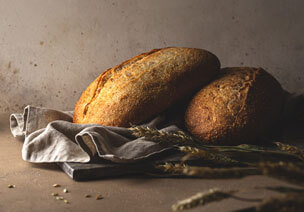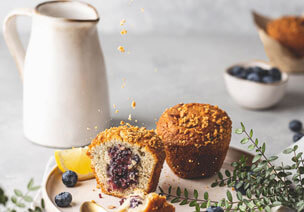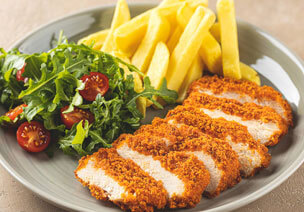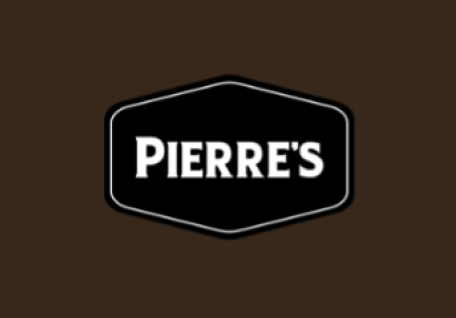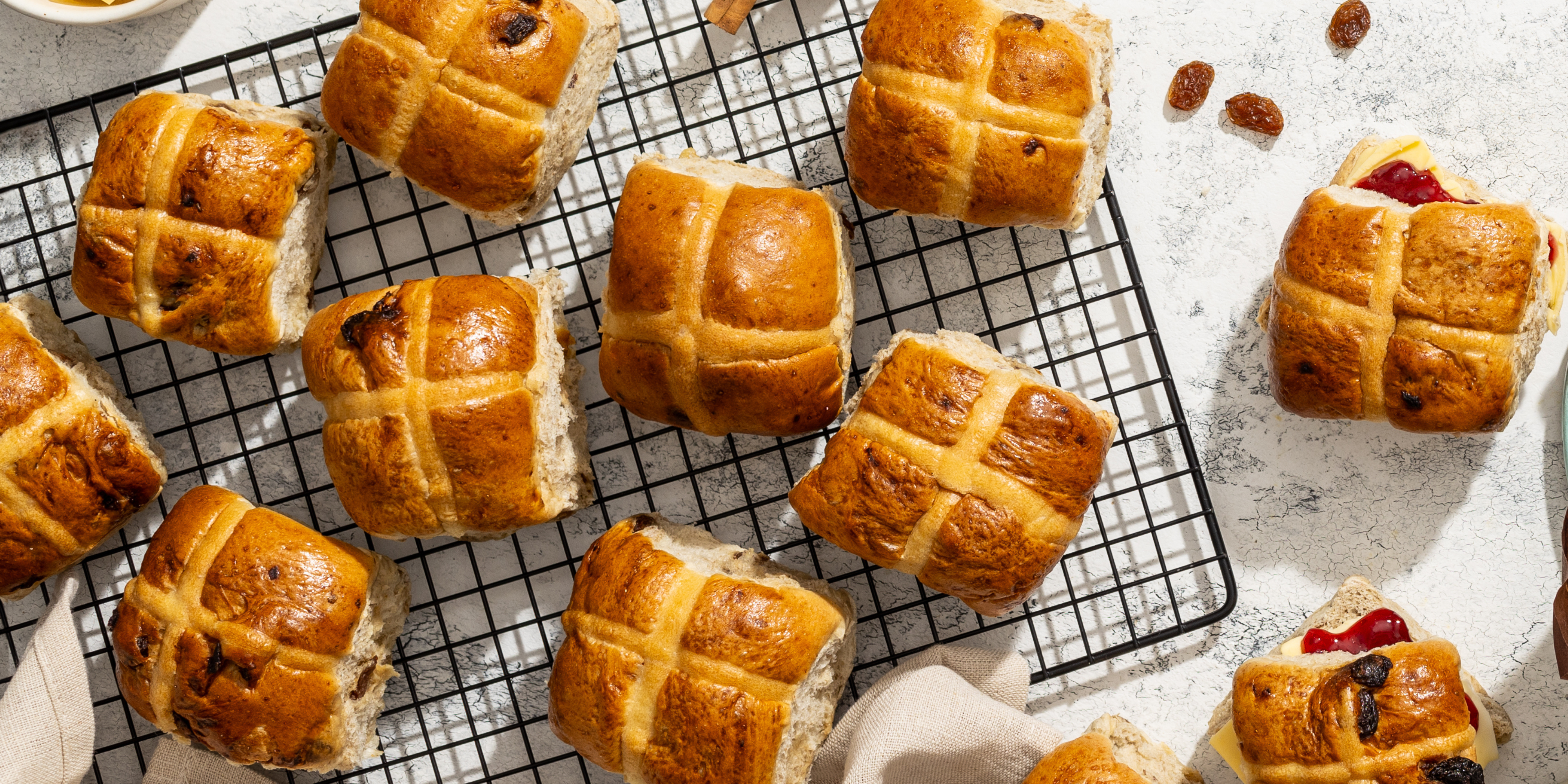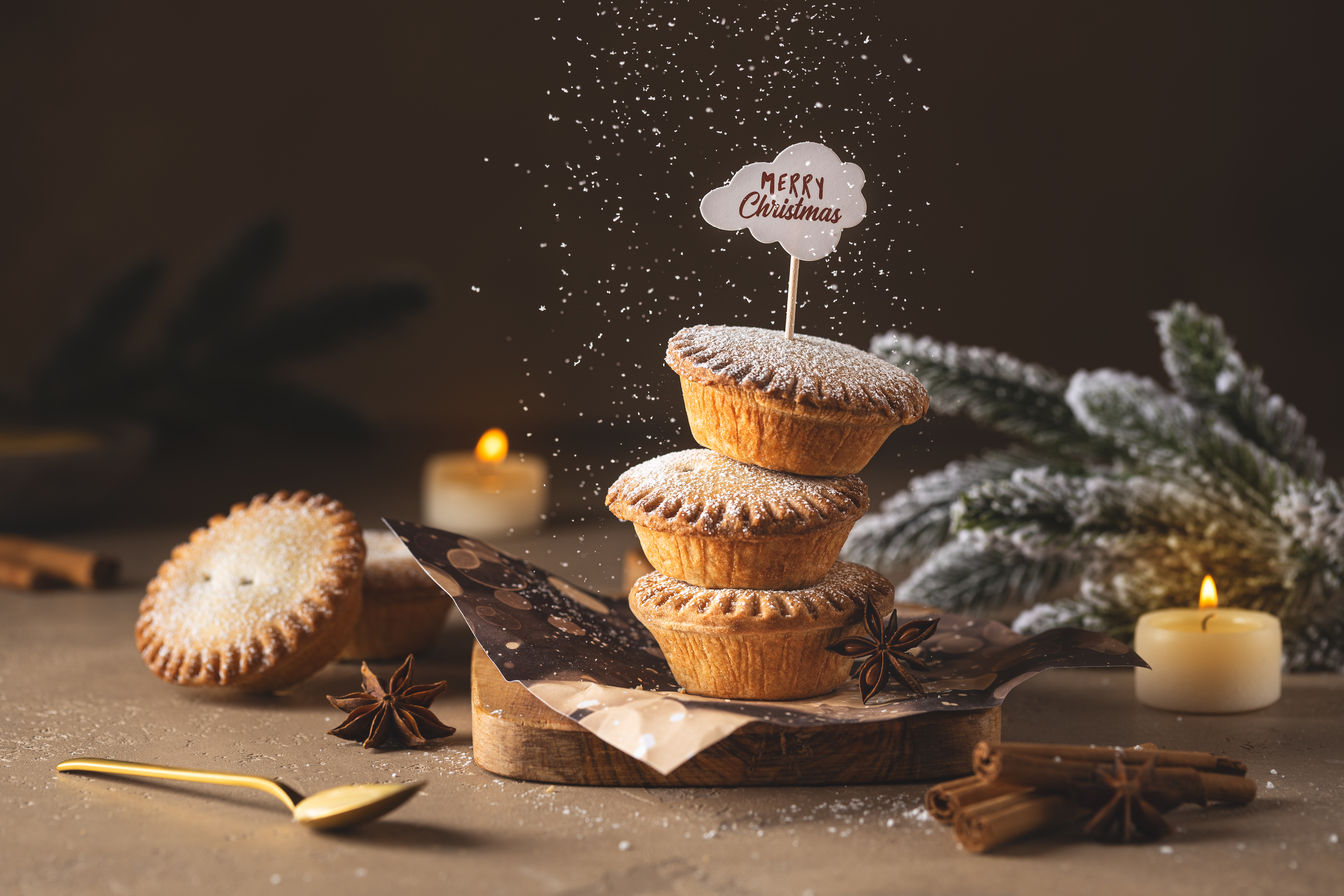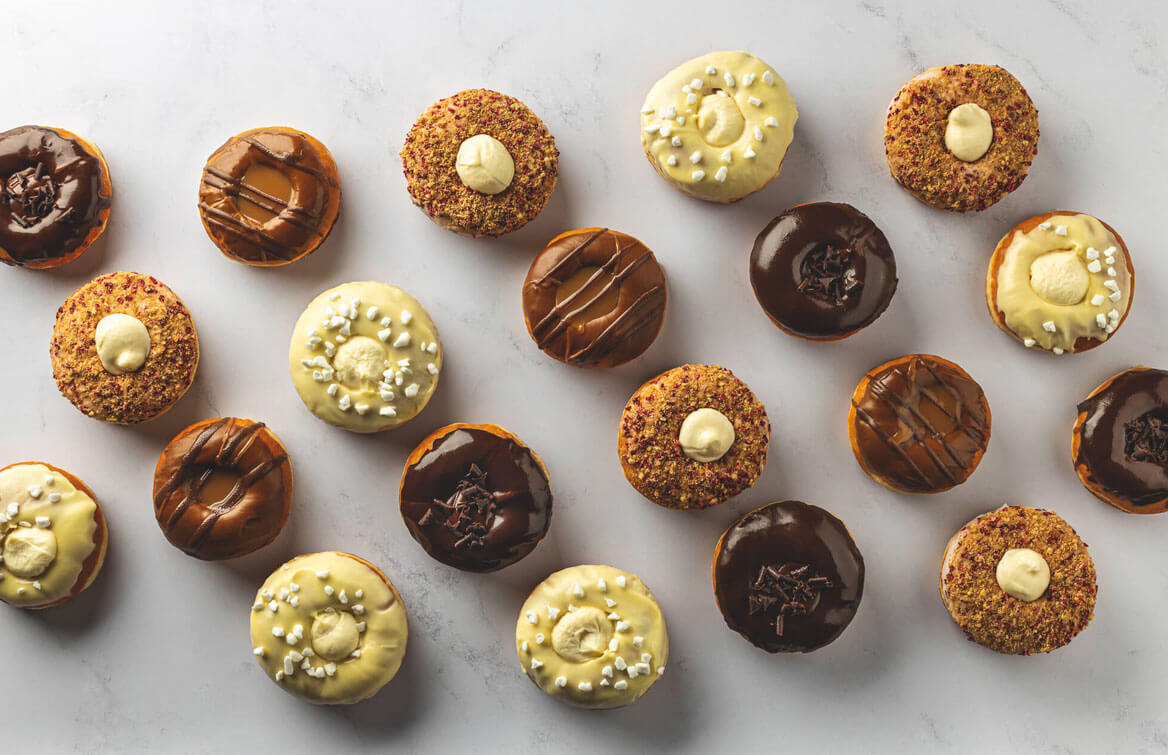“Hot Cross Buns. Hot Cross Buns. One a penny, two a penny. Hot Cross Buns.”
This 18th century rhyme sang by street vendors to announce freshly baked Hot Cross Buns is still chorused in children’s nursery rhymes today. In fact, versions of Hot Cross Bun’s appear throughout history, beginning with the ancient Egyptians.
Small round breads topped with crosses were used by Ancient Egyptians to celebrate the gods. The cross on the bread divided it into four equal sections, representing either the four phases of the moon or the four seasons, depending on the occasion. Greeks and Romans later offered similar sweetened rolls in tribute to Eos, the goddess of the morning, and to Eostre, the goddess of light, who lent her name to the Easter observances.
Dramatically, having religious connotations led to the spiced Hot Cross Bun being banned in the 16th century. However, by 1592 Queen Elizabeth 1 relented and allowed commercial bakers to produce buns for funerals, Christmas and Easter. Any baker caught baking Hot Cross Buns outside of these times was forced to donate their goods to the poor. A kind of old-age Elizabethan Food Cloud?
Modern day Hot Cross Buns are a delicious treat that contain spices and dried fruit. These ingredients also have a rich history that dates back to the spice trade. While these ingredients were once considered a symbol of wealth and prestige, they now represent how open our country has been to international food trends throughout the centuries.
Luckily, nowadays we can eat our Hot Cross Buns at any time throughout the year. Fresh, or toasted, whole or sliced, with butter, jam or any filling we choose.
It’s amazing – the capacity for bread to connect palates across centuries.
Hot cross buns! Hot cross buns! One a penny, two a penny, Hot cross buns! If you have no daughters, Give them to your sons. One a penny, two a penny, Hot cross buns!


